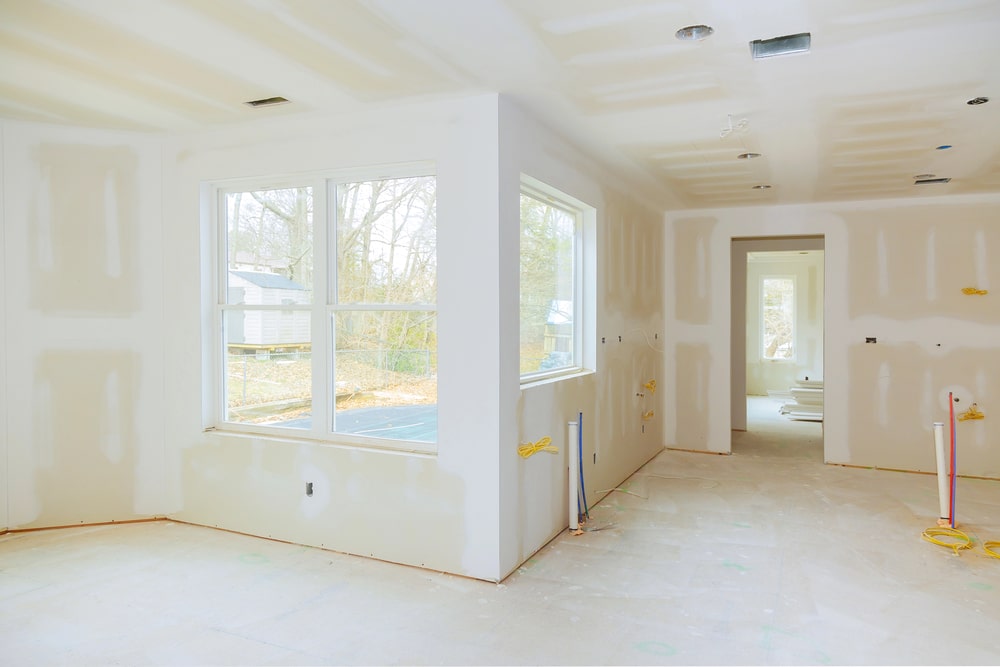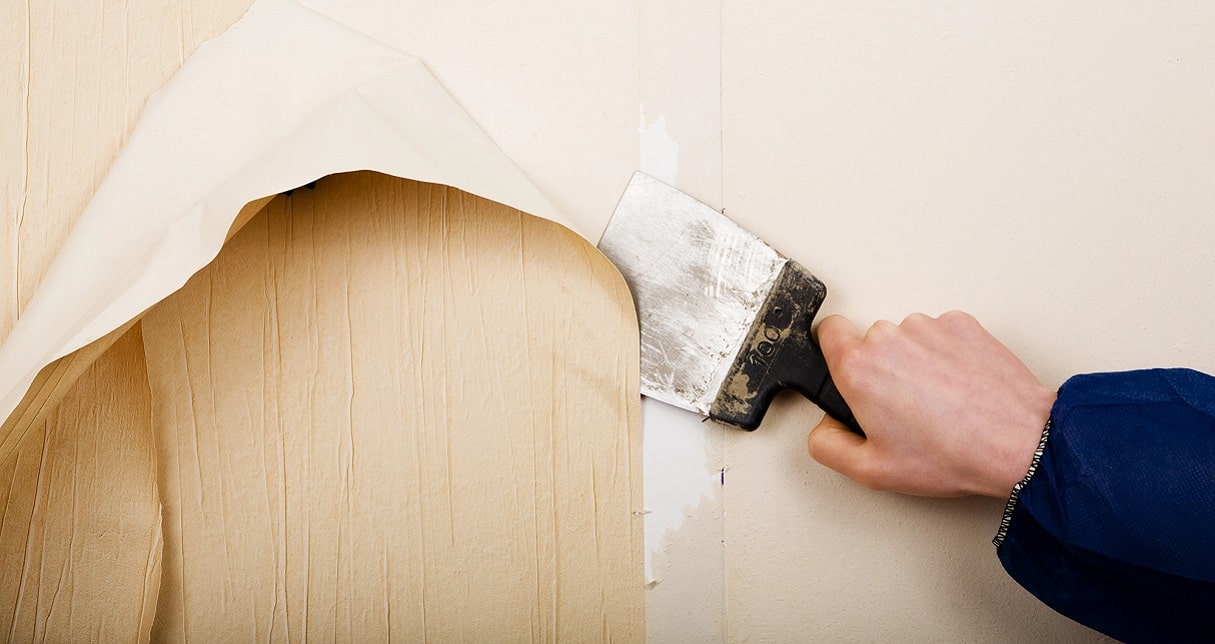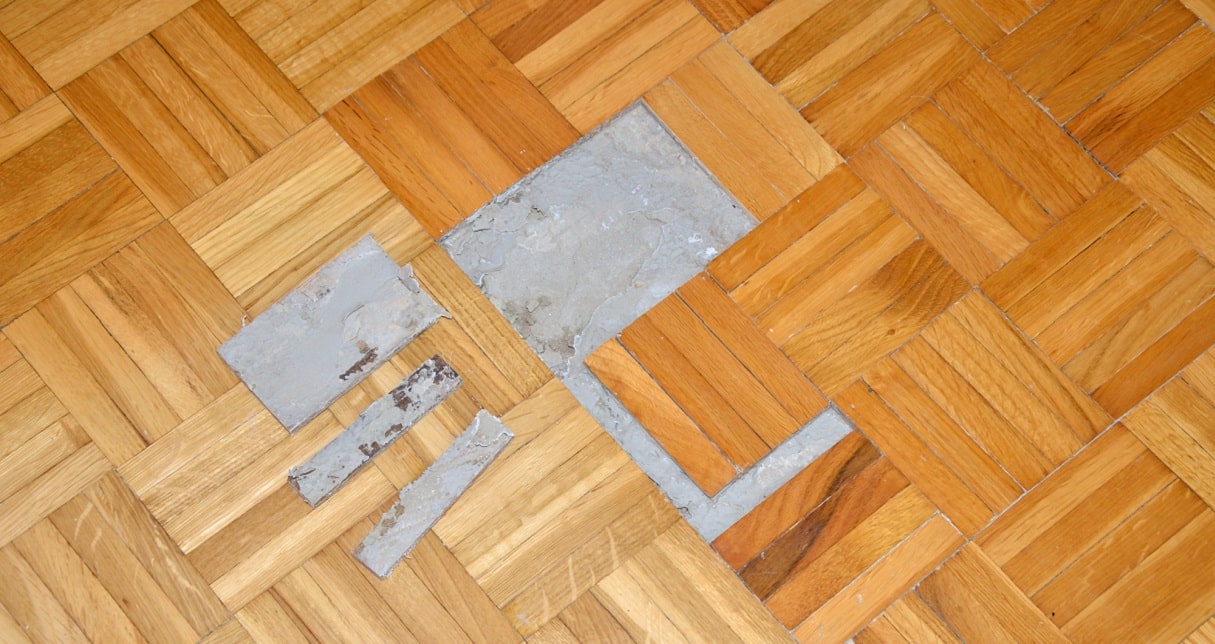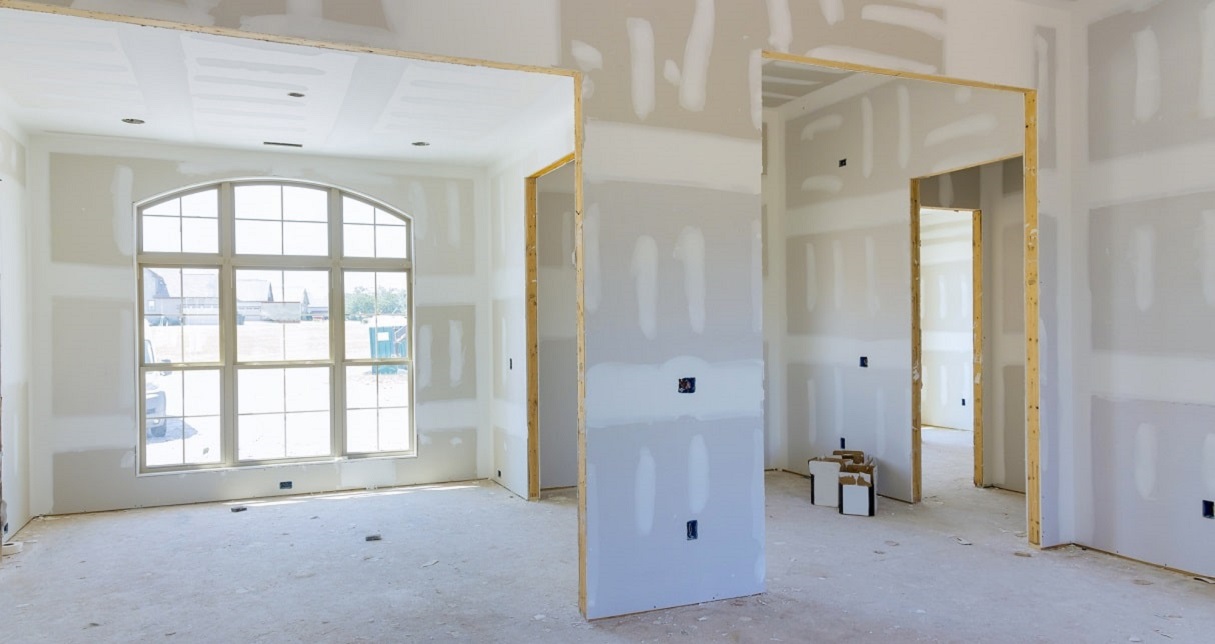
Drywall is in demand in the construction industry. It has good thermal insulation properties and is lightweight, it is often used for interior finishing works, construction of partitions and other structures. Drywall is lightweight. Due to this property, the material is easy to cut and fasten. It has thermal insulation properties, but does not provide good sound insulation. It does not belong to universal materials, it cannot be used in all cases.
Advantages of drywall sheets
- The ability to use for the construction of structures of various shapes due to such qualities of the material as flexibility, pliability and light weight.
- The presence of fireproof properties. In standard types, only cardboard sheets are subject to combustion. Fire-resistant material has the ability to restrain the spread of flame for up to 45 minutes. Its surface has a characteristic appearance: it is painted in a pink hue.
- Heat retention. In terms of thermal insulation, drywall sheets are inferior to brickwork. However, in rooms where plasterboard is used for finishing together with mineral wool or foam, it is possible to significantly reduce heat loss. In the cold season, this allows you to reduce heating costs.
- Possibility of use in rooms with high humidity. When adding a special hydrophobic composition during the production of plasterboard, a material is obtained that is moisture resistant. Such sheets are painted in a green tint. They can be used to finish sanitary rooms.
Disadvantages of plasterboard
- Fragility, deformation when struck, cracking under strong pressure.
- Low level of sound insulation, need for additional materials, for example, mineral wool, during construction work.
Use of plasterboard sheets
Using plasterboard, you can build walls and other structures, erect niches, arches. Depending on what problems are solved with the help of plasterboard, it is divided into several types:
- Wall plasterboard. The scope of the material is the creation of partitions inside the premises, cladding of external walls. The main advantage is the evenness of the surface, which does not need to be plastered or impregnated with special compounds.
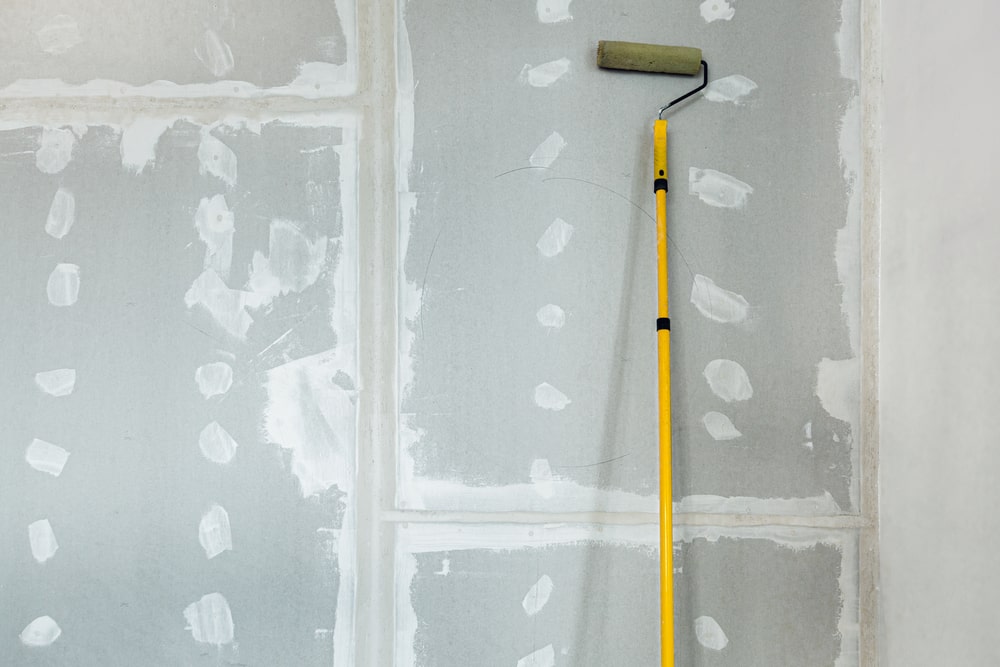 Ceiling plasterboard. A lightweight variety. Its purpose is the installation of lighting and ceiling tiers, as well as its alignment.
Ceiling plasterboard. A lightweight variety. Its purpose is the installation of lighting and ceiling tiers, as well as its alignment.- Restoration material. Its area of application is curved structures of complex shapes, for example, arches. The material is flexible, characterized by its small thickness.
The scope of use of plasterboard includes:
- work on wall cladding, both internal and external;
- ceiling finishing;
- construction of internal partitions;
- installation of boxes;
- construction of racks, niches, arches and other complex structures;
- formation of the base for floor coverings.
continue reading

